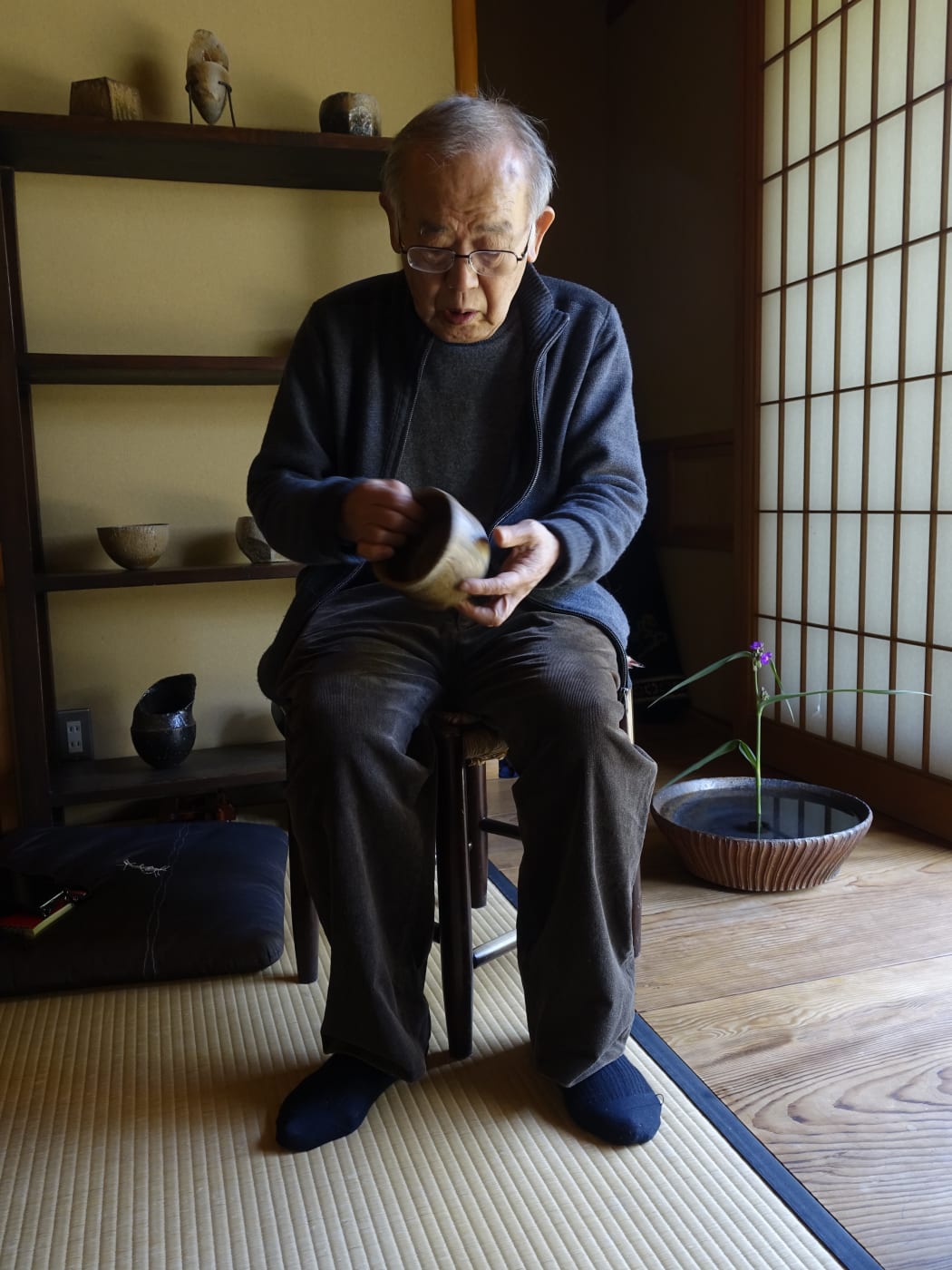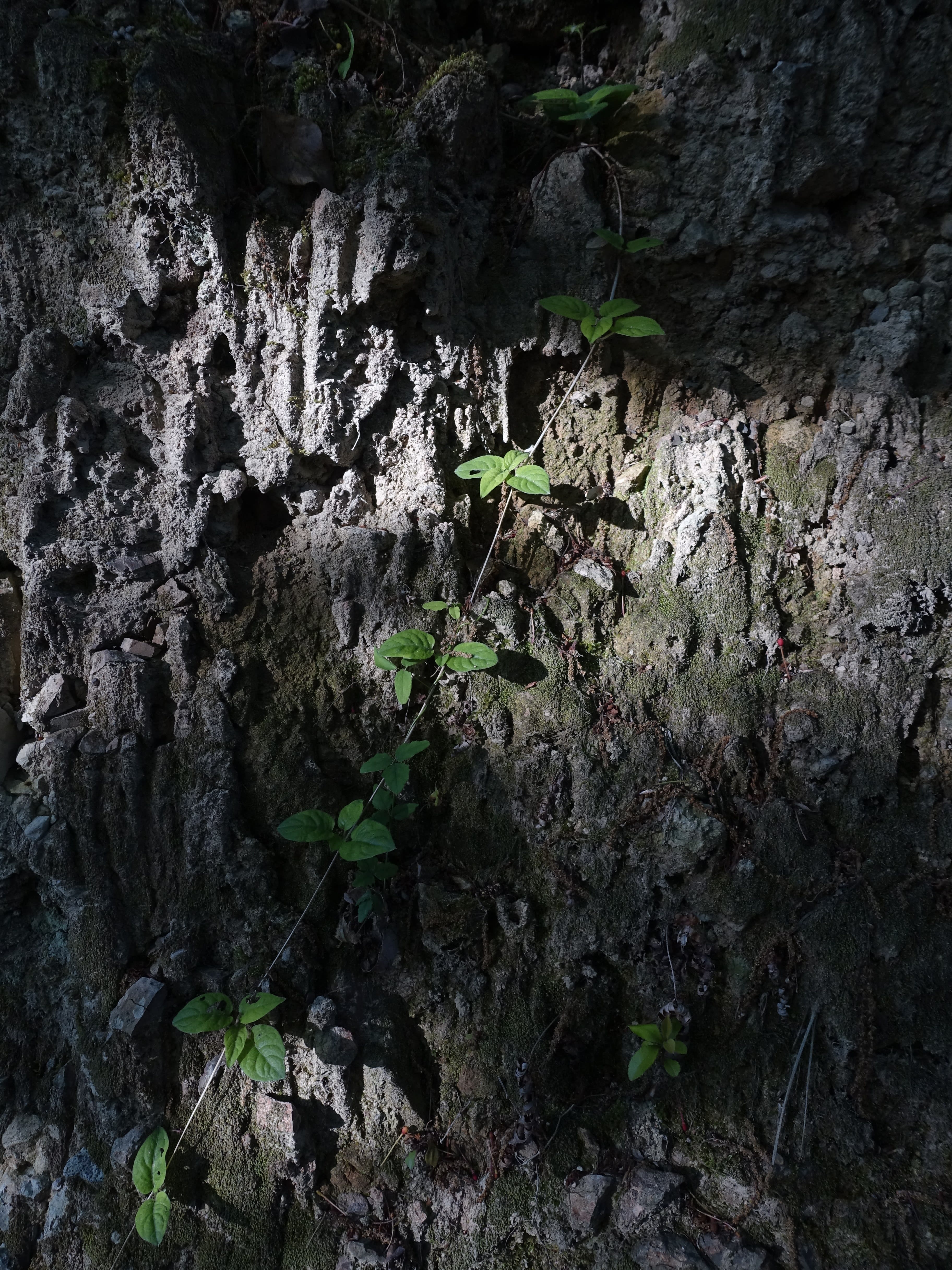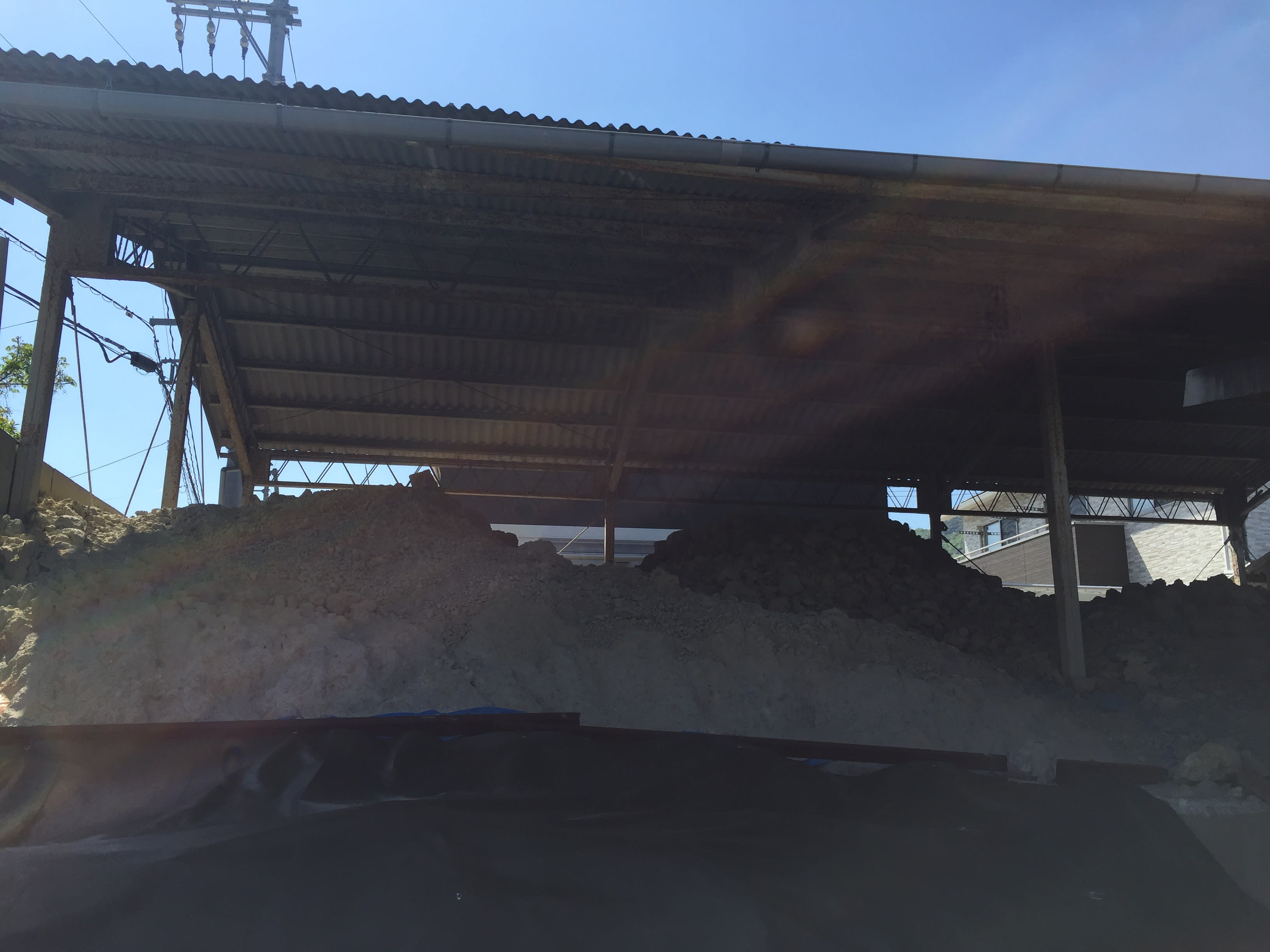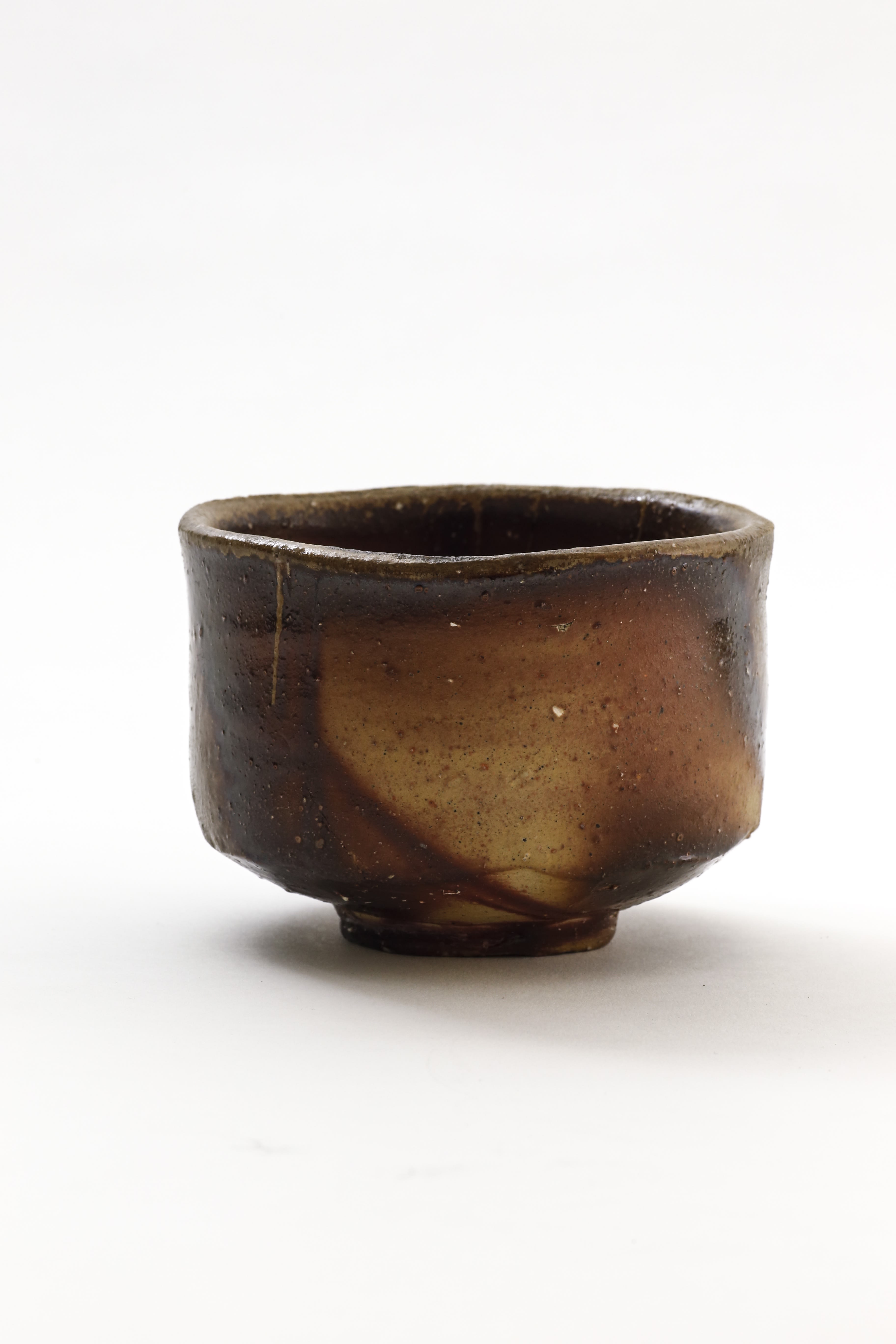
The Living National Treasure of Bizen—one of Japan's six great historical kilns—Jun Isezaki shared wisdom about his technique and inspirations.

Question 1:
Do you practice tea in daily life? Please share your chanoyu routine, or a beloved memory of chanoyu.
Isezaki:
I do not learn the tea ceremony daily, though I often attend tea ceremonies whenever I get invited. The tea ceremony offers a chance for the master and guests to form an emotional bond in a special setting.

From the Isezaki studio.
Q2:
Please describe the influences that inspire your work.
Isezaki:
I receive inspiration from the things that surround me, such as "nature," "climate," "environment," and "history."

From the grounds of Jun Isezaki's studio.
Q3:
Please describe the qualities do you most treasure in a tea bowl—be that shape, color, texture, or history, style, and type of clay?
Isezaki:
While it's challenging to pick just one element. If I had to choose, I would say that I invest the most effort in soil, shape, and color.

From the grounds of the Isezaki family plot.
Q4:
Please share with us how you prepare to make a new piece; how do you decide on the materials and direction for the idea?
Isezaki:
I first prepare soil since Bizen pottery is known for Yakishime, which fires at high temperatures without glaze.
